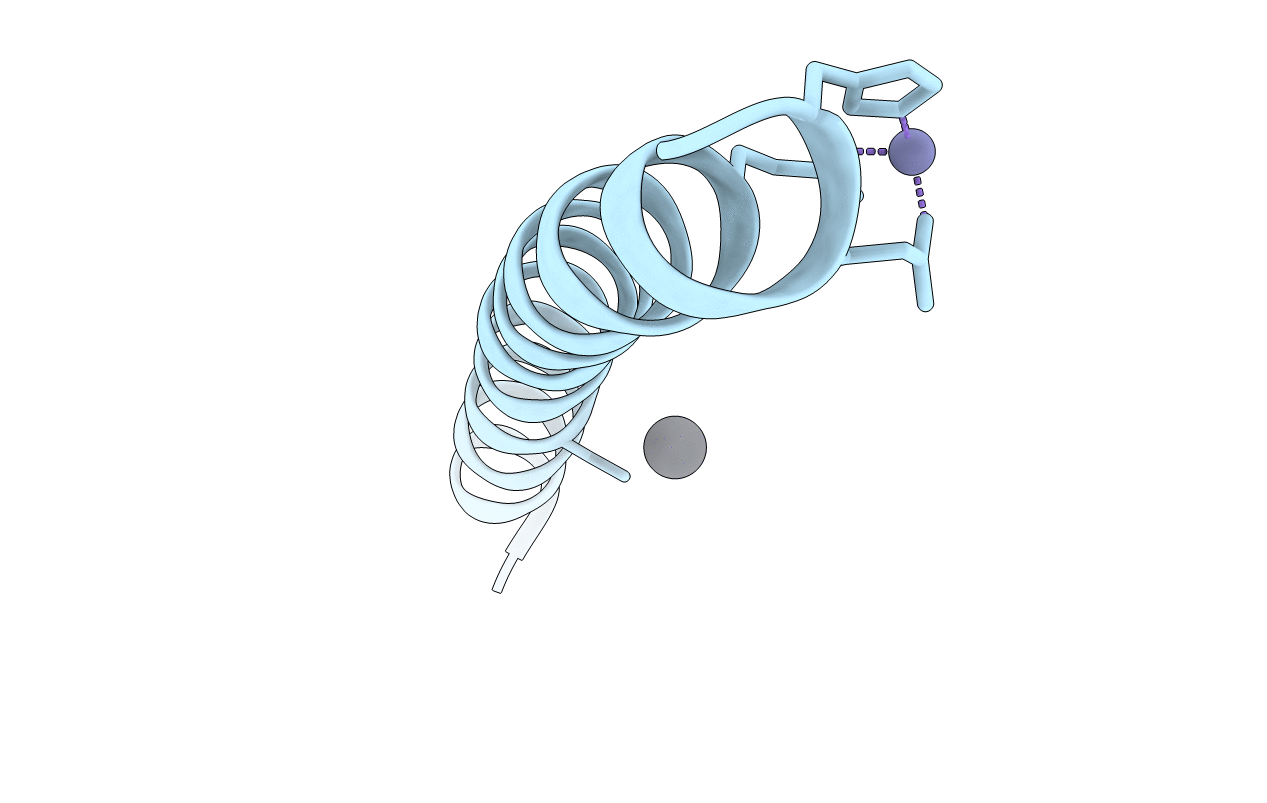
Deposition Date
2018-08-31
Release Date
2020-03-04
Last Version Date
2024-11-20
Entry Detail
PDB ID:
6MCD
Keywords:
Title:
Crystal Structure of tris-thiolate Pb(II) complex with adjacent water in a de novo Three Stranded Coiled Coil Peptide
Biological Source:
Source Organism:
synthetic construct (Taxon ID: 32630)
Method Details:
Experimental Method:
Resolution:
1.50 Å
R-Value Free:
0.20
R-Value Work:
0.20
R-Value Observed:
0.20
Space Group:
H 3 2


